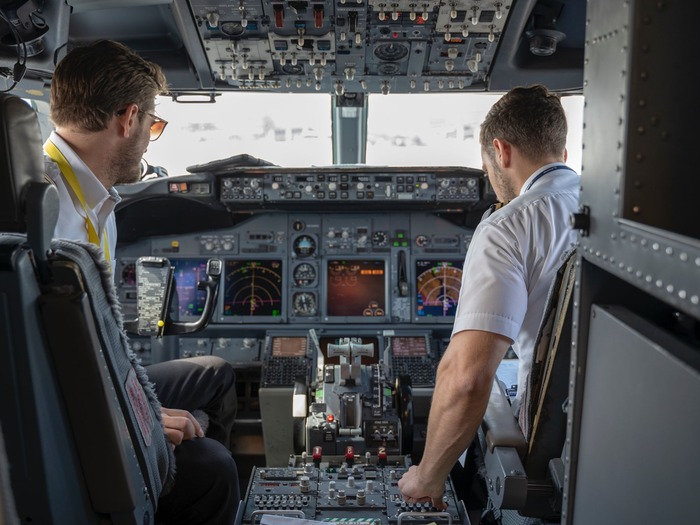Airlines all over the globe are continuously attempting to add new destinations to their route networks. They do various route assessments to determine whether a route will be lucrative in the long run. Airliners utilize a variety of systems and technologies to conduct route studies.
They consider passenger demand projections, hub connection, aircraft accessibility, and other rivals. Here are the four significant factors an airline must undertake while modifying current routes and establishing new ones.
Connectivity In The Hub
Most airlines operate the majority of their flights from one or more hubs. The Network Planning department of an airline is responsible for ensuring that customers can travel to their preferred destinations.
Local travel between points A and B is crucial, but airlines may also increase traffic flow by bringing passengers from connecting flights to the hub.
When airlines fly many times daily between two cities, the flights are usually equally spaced throughout the day, and you can check your flight status online.
Demand forecasting
Before beginning a new route, airlines must determine how many people will be on the aircraft. Most airlines employ aviation market intelligence technologies to gather and evaluate all relevant data.
This data originates from the airline itself, as well as industry-wide passenger information that detects traffic patterns. Fares, itineraries, airlines, and connections are essential data factors.
Airlines use this data to determine how many people fly daily (including connections) between airport pairs. Airlines can see the city where each passenger connects, the airline they traveled with, and the average ticket they paid for the leg using a vast database.
Aircraft Availability
When planning to travel to a new location, an airline must first find an aircraft. An airline with a large fleet of planes can locate a spare and allocate it to the new route. An airline will find removing an aircraft from its fleet simpler for a one-hour local journey than a fifteen-hour international voyage.
Not every airplane can fly a specific route. When assigning an aircraft to a route, its constraints are considered. For example, a 70-seat Allegiant aircraft cannot travel from North America to Europe because the range is not sufficient.
Matching Competition
As there are hundreds of airlines operating around the world, opening a new route already flown by another one is not uncommon. Many airlines operate the route from New York (JFK) to London many times every day. Beginning this new route will be a difficulty for an airline.
However, going to a smaller city with little airline rivalry may be a better option. Certain airlines may have an edge over smaller ones. As previously said, large airlines may supplement their flights at their hubs with connecting passenger traffic. On the other hand, smaller airlines may depend heavily on local traffic to load their flights.


